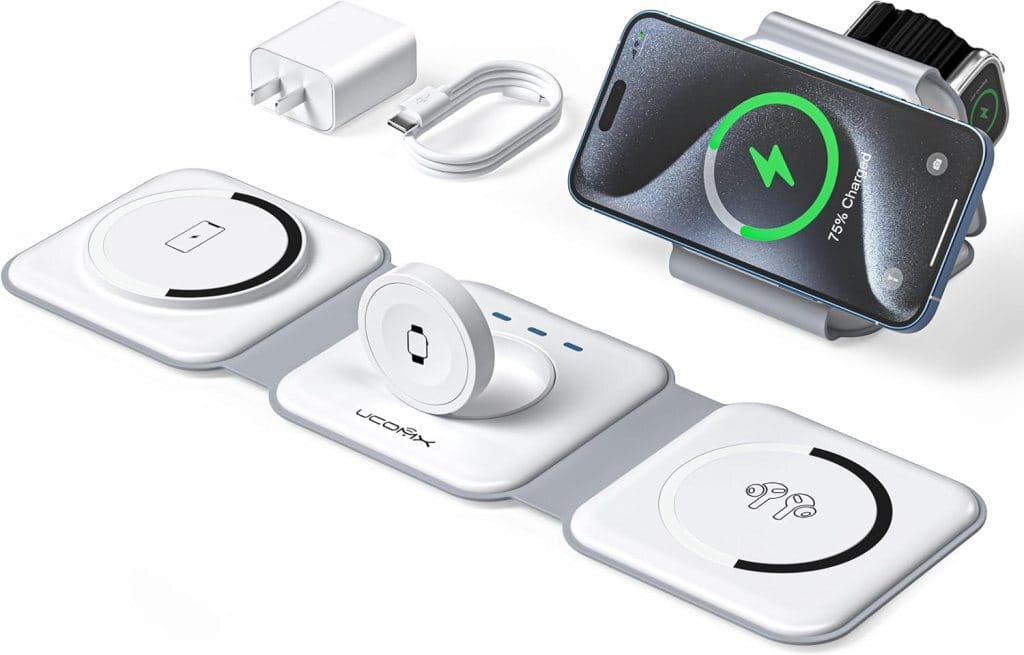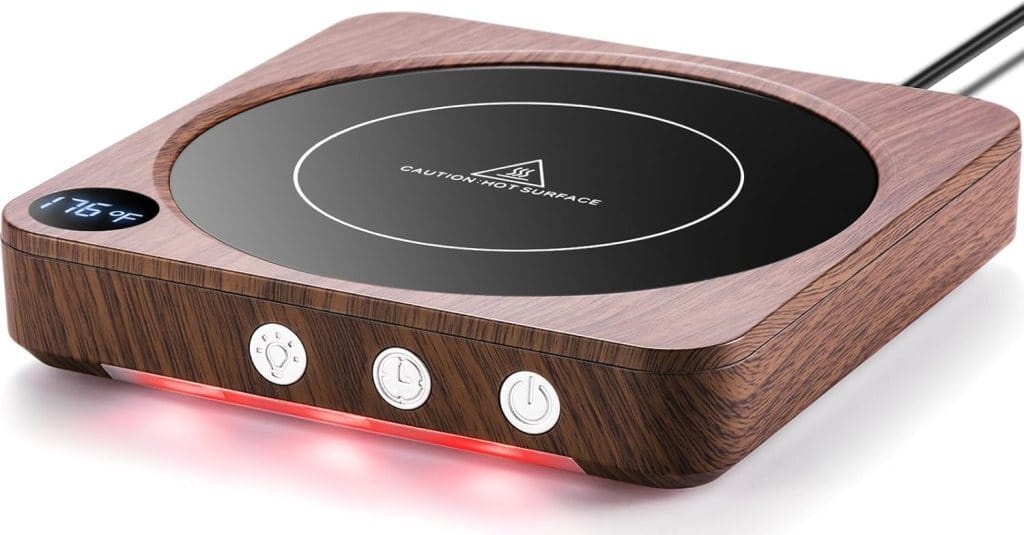- Ark's Newsletter
- Posts
- iPadOS 26 Just Leaked—And It Could Transform Your iPhone Forever
iPadOS 26 Just Leaked—And It Could Transform Your iPhone Forever
Apple’s boldest update yet might finally blur the line between iPad and iPhone—here’s what’s coming.

iPadOS 26 on the iPad Mini: A Game-Changer for Apple’s Ecosystem
Introduction
Apple’s iPadOS 26 brings a slew of exciting features, from revamped windowing systems to enhanced file management. However, one of its standout aspects is its compatibility with a wide range of devices, including the compact iPad Mini. Having tested iPadOS 26 on both the M4 iPad Pro and the iPad Mini, I’ve been thoroughly impressed by how it elevates the Mini’s experience. This article dives into what makes iPadOS 26 on the iPad Mini so special, its role in the iPad lineup, and what it could mean for the future of iOS, iPadOS, and even macOS convergence.

The iPad Mini: The Quintessential iPad
The iPad Mini, with its 8.3-inch display and A17 Pro chip, embodies the essence of what an iPad should be: a powerful, portable tablet designed for touch-first interactions. Unlike the M4 iPad Pro, which pairs with the Magic Keyboard to serve as a laptop replacement, or the A16 iPad aimed at students, the iPad Mini is the purest tablet experience. Its compact, pocketable form factor makes it ideal for on-the-go use, yet it’s robust enough to handle the latest apps and software. Without a native keyboard connector, the iPad Mini stays true to its tablet roots, offering an experience closer to the iPhone than any other iPad.
Interestingly, with the iPhone 16 Pro Max boasting a 6.9-inch display, the gap between it and the iPad Mini is narrowing. This convergence in size and capability raises questions about how iPadOS 26’s advancements could influence iOS and iPhone functionality in the future.
iPadOS 26 on the iPad Mini: A Seamless Experience
iPadOS 26 introduces transformative features to the iPad Mini, many of which mirror those on the M4 iPad Pro. Here’s a closer look at what makes it shine:
Liquid Glass Design
The “liquid glass” redesign is a visual overhaul across iOS, iPadOS, and macOS devices. On the iPad Mini, it’s present in settings, the home screen, themed icons, and system management. While still in public beta (version two as of August 2025), the design feels polished and cohesive, with room for refinement before the final release.
Revolutionary Windowing System
The new windowing system is a standout feature, bringing macOS-like multitasking to the iPad Mini. Despite the smaller 8.3-inch display, Apple has optimized it for touch interactions. Features include:
Traffic Light Window Management: Red, yellow, and green buttons for closing, minimizing, and maximizing windows, similar to macOS.
Multitasking Capabilities: Support for up to 12 apps simultaneously, with flexible resizing and layouts like split view, quad box, and triple box.
Touch-Optimized Controls: Enlarged touch targets and hover support with the Apple Pencil Pro make window management intuitive, even on a compact screen. Flick gestures simplify switching between modes.
While the smaller display can feel slightly cramped in some scenarios, the system remains fluid and user-friendly, making the iPad Mini far more productive than before.
Enhanced File Management
The Files app in iPadOS 26 is more intuitive, with easier navigation, sorting, and column management. Users can pin files and folders to the dock for quick access, and new color-coding and tagging options streamline organization. These improvements make managing iCloud and other files a breeze.
External Display Support
Although the iPad Mini lacks full extended monitor support (available on M-powered iPads), it can mirror its display to an external screen. Paired with a Bluetooth keyboard and mouse, this creates a desktop-like experience reminiscent of Samsung’s DeX mode. The customizable dock and task menu further enhance this macOS-like feel.

A Word on Paperlike
As a longtime iPad user, I’ve relied on Paperlike screen protectors since 2018 to enhance the writing and drawing experience. Paperlike’s nanotechnology provides a paper-like texture, offering just the right resistance for precision without sacrificing screen clarity. It’s a must-have for creators, students, and professionals, and it outperforms the nano-texture display option on high-end iPad Pros, which requires a costly 1TB model. With stellar customer service and a 100-day money-back guarantee, Paperlike is an essential accessory for any iPad, including the Mini.

What iPadOS 26 Means for the Future
The iPad Mini’s success with iPadOS 26 hints at exciting possibilities for Apple’s ecosystem:
Multitasking on iPhones
The iPad Mini proves that robust multitasking is feasible on smaller displays. While iOS currently lacks true multitasking, iPadOS 26’s split view and window management could easily translate to larger iPhones like the 16 Pro Max or 16 Plus. A simple top-and-bottom split view would allow users to view and manipulate data across two apps simultaneously, addressing a significant pain point in iOS. My experience with the Galaxy Z Fold’s multitasking capabilities underscores how valuable this could be for iPhone power users.

A macOS-Like Experience on iOS
The iPad Mini’s desktop-like capabilities when connected to an external display suggest a future where iPhones could offer a “macOS light” mode. With Thunderbolt-capable USB-C ports and powerful chips like the A19 Pro, iPhones could power a desktop setup for light productivity tasks—email, web browsing, or communication via Slack or Microsoft Teams. Third-party apps have attempted this, but a first-party solution from Apple would be seamless and transformative, turning the iPhone into an all-in-one device for home, work, and travel.

Conclusion
iPadOS 26 on the iPad Mini is a revelation, bringing powerful multitasking, intuitive file management, and a sleek design to Apple’s most portable tablet. Priced at just $399 on Amazon, the iPad Mini is a steal for anyone seeking a compact yet capable device. More importantly, its success foreshadows a future where iOS and iPadOS converge with macOS, offering multitasking and desktop-like experiences on iPhones. Would you use a macOS-light mode on your iPhone or benefit from dual-app multitasking? Share your thoughts, and stay tuned for more insights on Apple’s evolving ecosystem.
